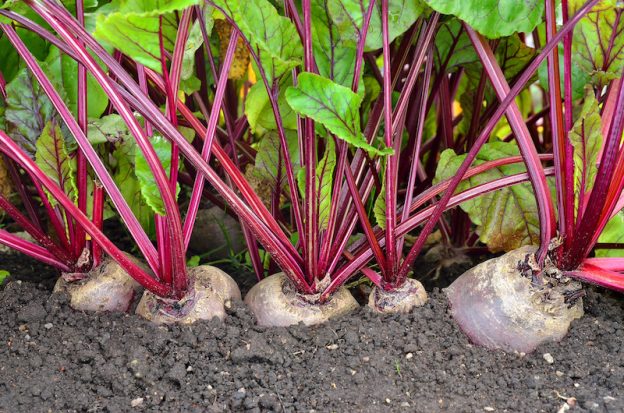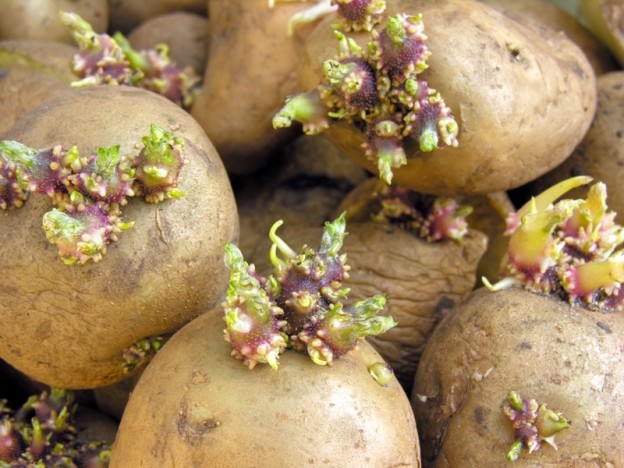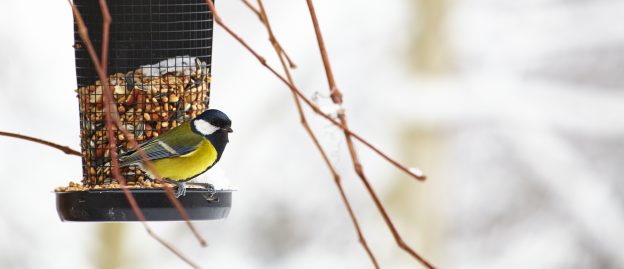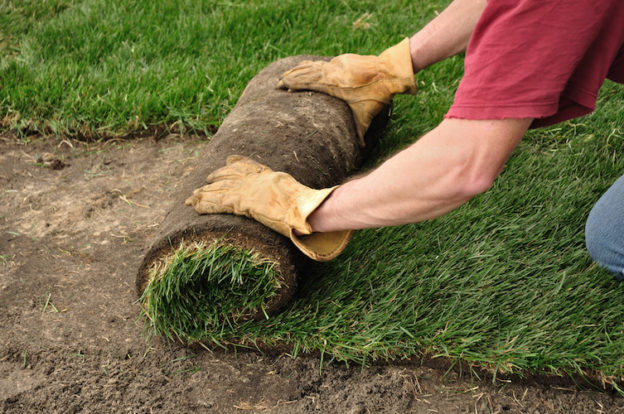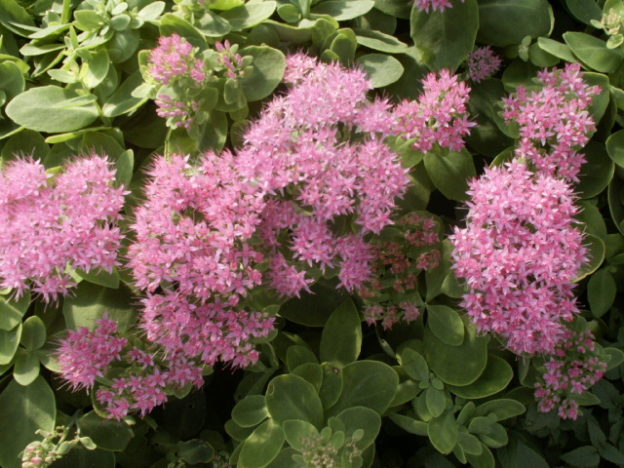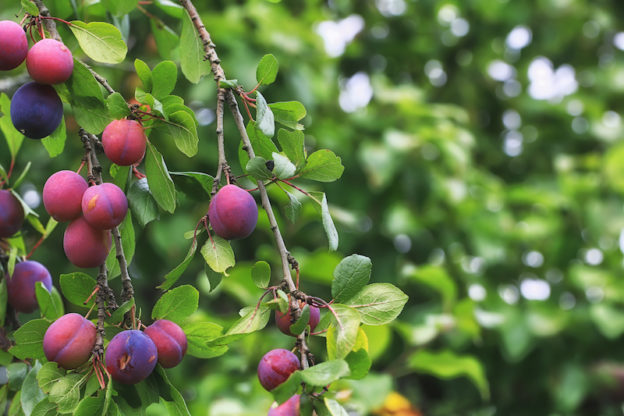How to create a Wildlife Pond
by Grant Barker, Aquatic Department Supervisor, St Bridget Nurseries, Sidmouth Road, Clyst St Mary, Exeter.
Wildlife ponds as the name suggests should attract wildlife as well as becoming a long term home for a variety of aquatic species such as amphibians. It is also customary to use exclusively native species of Aquatic and Bog plants throughout the pond to continue the “wild” theme. Wildlife does not distinguish between naturally occurring and man-made ponds, so in theory a well-placed stone trough will soon become home to various aquatic larvae, frogs as well as becoming a welcome water source for birds.
Planning the shape and size of your pond
The important thing with all wildlife ponds is ensuring you give amphibians something they can climb up on for example gentle sloping sides to your pond or a ramp such as a branch. Man made wildlife ponds are typically dug into the ground and have gentle sloping sides all the way round between 10-20 degrees sloping to a depth of at least 45cm (18”). The depth will protect aquatic life living in the pond from the cold during the winter period. Based on these required measurements, purpose built wildlife ponds tend to be quite large with an approximate diameter of 6 metres (20ft) depending on how big the deep area is in the centre of the pond. It is possible to build a smaller pond, but to achieve the minimum required depth of 45cm (18”) the sides will need to be more steeply sloped and so you will need to thinking carefully about planting and provide a ramp for wildlife.
Keeping the water in
Once you have dug your hole it is time to decide how you will make it “hold water”. The two most common ways of doing this are either using large amounts of clay on the bottom or using a liner. The pond liner is by far the easier option and can be purchased relatively cheaply. It is also important when lining the pond to have a good layer of sand and ideally an underlay felt in place before the liner is installed to protect the liner from any stones or sharp edges that could pierce it.
Once the pond is filled, it is generally advisable to add a water conditioner if the pond has been filled with tap water, as this this will help remove any chlorine and heavy metals that could be harmful to wildlife. Remember to add this again when you top the pond up in the summer months due to evaporation. Although not essential for a wildlife pond, having a small area of moving water will help keep the water healthy by oxygenating it. This can be achieved by either building a waterfall or a small pond air pump. The former is more in keeping with the theme and continues the illusion of a pond that is “wild” whilst an air pump gives the effect of bubbles rising from the bottom of the pond.
Plant choice
Plant your pond using native plants and avoid the introduction of more invasive species. Around the shallow edge of the pond, various species of marginal plants can be placed such as Marsh Marigolds and Cotton Grass. For the deeper sections use of deep water marginal plants. Oxygenating plants and water lilies will offer large amounts of cover for wildlife from the sun and potential predators.
Do you want fish?
The Key to success is compromise; a wildlife pond is not a fish pond, so adding lots of fish is not possible as the environment will not sustain them. One of the interesting things about a wildlife pond, is that you have to look carefully to try and see the creatures living in it. Unlike a fish pond where the fish are easily seen, there is a sense of mystery to a wildlife pond – what might be living beneath the surface! However, if you do want to add some fish, the addition of a small group of 6-8 stickleback or river minnows will not impact the pond greatly. A waterfall would be a must though as these species need high levels of oxygen. The main argument for not including fish is that they can be destructive in terms of nibbling plants and eating larvae. Fish also generate waste, which over time will impact the water chemistry and could lead to algae problems.
This article was include in the March/April edition of the Landsman magazine and can be found on page 43 here
Our aquatics team (at St Bridget’s Sidmouth Road, Clyst St Mary garden centre) are pleased to help advise you further. We have everything you need to make the perfect pond. Call 01392 876281.



